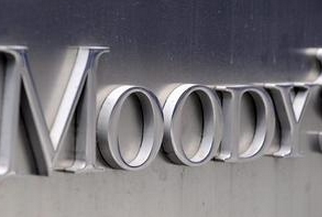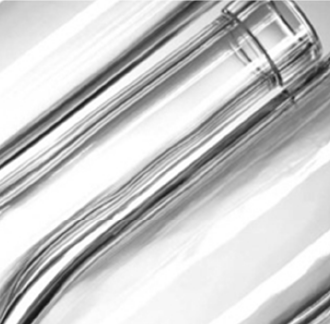Moody’s sees ‘strong strategic rationale’ for Ardagh merger with Saint Gobain subsidiary

But discussing a special comment from Moody’s on the sector, Anke Rindermann, an assistant vice president and analyst within Moody’s Corporate Finance Group, said that the company believed overall M&A activity would be limited in the coming months.
This was due in part to the fact that the three big players (Ardagh, Owens-Illinois and Verallia as part of Saint Gobain) already controlled 85% of the European glass container packaging market, she said.
“Of the remaining 15% [of market players within European glass packaging] there are 5,6 or 7 regional producers that are largely family-owned, or have some family backing, that tend not to be willing to sell,” Rindermann added.
And despite Moody's comments regarding Ardagh and Verallia (the latter is the world’s second-largest glass container manufacturer) she said: “However, so far an IPO [Initial Public Offering or first public sale of stock] of Verallia remains the preferred option.”
Last June Saint-Gobain indefinitely postponed the IPO of Verallia, citing adverse market conditions, and Moody's said an IPO remained Saint-Gobain's preferred option, but did not rule out a sale of the business, "if access to the capital markets remains constrained for a prolonged period".
"Aside from this, the rating agency would expect M&A activity to be related to minor bolt-on deals that would allow existing larger players to expand regionally within Europe or internationally," Moody's added.
Non-discretionary items
Moody’s said it expected demand for glass packaging products to remain steady overall in Europe over the next 12-18 months.
This prediction reflected the fact that around 90% of glass packaging products were related to food and beverages, which were largely non-discretionary items, Rindermann said.
Thus Moody’s only foresaw limited pressure on the operating profitability of rated glass container producers in Europe, despite a weak macroeconomic environment, she added.
However, the 2008-2009 financial crisis led to some volume losses in the sector – although the leading firms were able, in a highly consolidated market, to control volume management to maintain pricing strength – Rindermann said.
She said:“The decline we saw in 2008/2009 was really on the back of three major issues. Firstly, there was destocking, with everyone clearing down inventories to get in cash, given that there was not only a cyclical downturn but also a liquidity crisis in the market.
“Everyone was just cautious on selling-out of inventory and removing that.”
Premium products hit
Secondly, premium products in particular suffered during the recession, due to lower disposable incomes, Rindermann said. “For example, one of Ardagh’s and Owens-Illinois’s key customers is AB InBev. They import, in particular, Beck’s beer into the US from Europe.
“With US citizens having less disposable income, they thought ‘why should I buy a Beck’s for $3-4 when I can buy a Miller or a Budweiser for $1?”
Rindermann added: “The same thing happened with Cognac exports to China, Italian wine into Asia and these kinds of things. So we saw some really cyclical impact there as well, although its food and beverage-related still [and thus non-discretionary spending.
“Thirdly, there was some substitution, in particular into plastic packaging. Because at this time also, oil prices went down.”
Check BeverageDaily.com tomorrow to read the second part of our article, reflecting Moody’s further comments on the European glass packaging sector.







